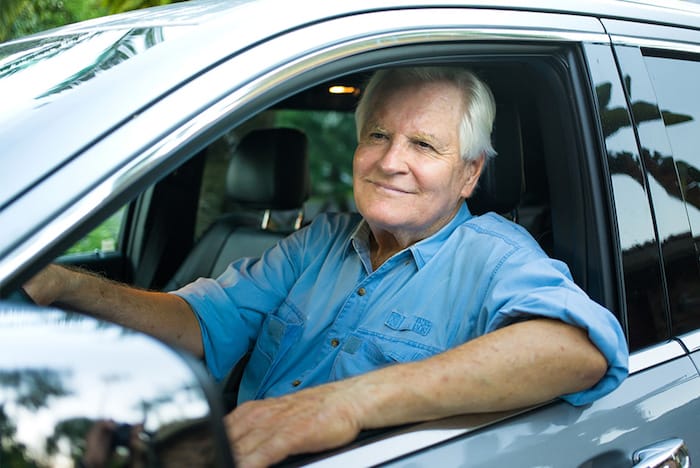The holidays are a great time to bring up a loved one’s driving safety. Waiting until an accident happens can leave the driver feeling as if they need to defend themselves. Planning ahead is the most successful way to safely maintain lifelong community mobility and independence.
“The thought of completely giving up the keys can trigger anxiety about dependence, loneliness, and isolation, so it’s important for older drivers and their families to understand the many steps between noticing an issue and giving up driving completely,” says Elin Schold Davis, OTR/L, CDRS, FAOTA, Project Coordinator of the American Occupational Therapy Association’s (AOTA’s) Older Driver Safety Initiative. “Planning ahead can prevent awkward conversations following an incident or accident, and can be empowering. When families and older adults plan ahead for community mobility, they have the most choices and the most power.”
AOTA offers tips for families to begin a conversation with an older adult about driving:
- Approach the conversation before an issue arises: To reduce stress and feelings of dread, begin a conversation while an older adult is still a competent driver. This will keep the focus on preparing for future needs, just as one makes financial and housing plans. Discuss the reasons for your loved one’s driving and how minor adjustments can be made when necessary, such as safer routes to destinations, not driving at night, and avoiding rush hour, without worrying about having to stop driving immediately.
- Use everyday activities (occupations) as a catalyst: A discussion about getting groceries into the home is less threatening than a conversation about driving. In this example, a careful look at options such as grocery delivery or moving to a place where the older adult can safely walk to the grocery store provides more options rather than focusing on taking independence away.
- Discuss a current event: Use a news story in your community to begin the conversation. Discuss how an accident could have been prevented and how your loved one feels about their own safety behind the wheel.
- Focus on specific behaviors: Instead of raising general concerns and saying, “I don’t like the idea of you still driving,” focus on a specific fact. For example, “I’ve noticed that you don’t look when backing up,” is a less threating approach. Shifting the focus to a specific behavior will be received more as support to assist the driver.
- Explore interventions and adjustments: A discussion intended to support an older driver in continuing to drive safely may include suggestions about routines (avoid making left-hand turns or refrain from driving at night) or gadgets (a knob on the steering wheel to make grasping easier or a seat cushion to make the set fit better and improve line of sight). Sharing options to make driving easier will help loved ones consider safe alternatives before stopping driving.
- Consult with a professional: CarFit is a free opportunity to have a professional evaluation of how the driver “fits” in the vehicle. (Find an event in your community by visiting www.car-fit.org.) Occupational therapy practitioners offer drivers an individualized evaluation to explore the range of solutions to stay on the road safely and confidently.
- Stay positive about offering support: If a loved one is no longer able to drive safely on their own, making supportive comments about the prospect of transporting them somewhere, such as “it’s going to be nice to spend time with you” or “I’m glad you let me drive today,” can help them feel like less of a burden and promote an engaged and active life without driving.
- Practice driving alternatives together: If driving is no longer a safe option, explore transportation options as a family. If your loved one is nervous about the prospect of public transit or ride-sharing, practice it with them. Accompany them on their next outing as a practice run. Let them know you’re in this together.
Read more tips in AOTA’s Tip Sheet: Keeping Older Drivers Safe on the Road, available in English and Spanish.
As baby boomers enter the over 65 age bracket at an alarming rate (10,000 each day), the concern for older drivers’ safety and independence is greater now than at any time in our history. Adults 65 and older make up more than 16% of all licensed drivers nationwide. And the numbers are growing as baby boomers age. By 2040, it is estimated that 1 in 5 Americans will be 70 or older.
AOTA, along with several national transportation, safety, and aging organizations are raising awareness of ways to keep older drivers safe on the road through AOTA’s Older Driver Safety Awareness Week (Dec. 2–6, 2019). Each day has a theme to explain the options between noticing a medical issue that can impact driving, and giving up the keys. To learn more, follow #ODSAW19 on social media.








































